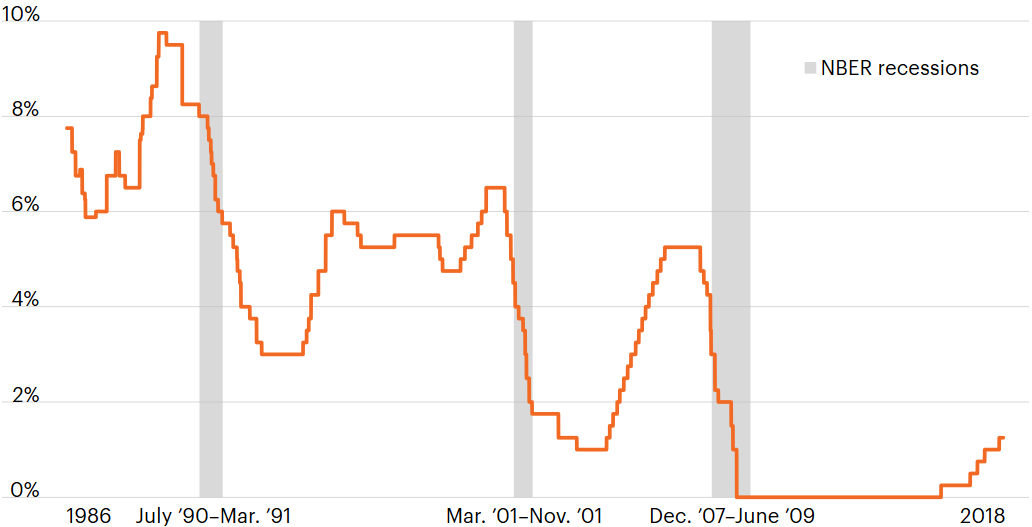We have seen the low-growth economy in the United States in action for years. Our current expansion, which will turn nine years old in June 2018, has delivered slower growth than any expansion in the post-WWII era. While many investors bemoan the lack of more robust growth and are eager for a quick boost of growth rates to 4% or beyond, I caution that sometimes too much growth can cause big problems.
Let’s take a step back: What is causing this persistent state of slow growth? Two things. The economy is facing significant demographic challenges, including retiring baby boomers and sluggish labor force growth. Productivity growth has also been weaker during this expansion. Both of these create structural headwinds that make it hard for our economy to pick up any real steam.
This is where it gets counterintuitive. Should economic growth accelerate sharply ahead of its potential growth rate, particularly if we don’t see a corollary gain in population or productivity growth, the economy could risk overheating. Surging inflation, rapidly advancing wages and a low unemployment rate are all signs of an economy growing at an unsustainably strong pace. When this happens, the Fed acts aggressively to raise interest rates, which is often followed quickly by a recession.
The past four rate hike cycles give clear examples of this. Aggressive rate hike cycles averaged 190 basis points of rate hikes per year and were short, between 11 and 24 months. In three of the last four classic Fed rate hike cycles, the economy fell into recession within 10 to 17 months after the rate hike cycle ended.¹ The rate hike cycle of 1994–1995 did not result in a recession, partly because the Fed quickly reversed course and cut interest rates due to financial turmoil resulting from the Asian currency crisis.
As we go into 2018, investors will likely continue to grapple with the challenges of a low growth, low interest rate environment. An acceleration in growth would be a welcome improvement, provided it is fueled by stronger productivity gains. Currently, U.S. economic growth is near potential, affording the Fed the latitude to be cautious in rate hikes.
Against the backdrop of a cautious Fed and accommodative monetary policy, markets have enjoyed an extended bull market, with a 10-year low in volatility.² The risk of complacency looms as a significant challenge in 2018. The Fed may be faced with a tough decision next year: If growth accelerates too quickly, the new Fed chair could be pushed into a more typical rate hike cycle, which has had serious consequences for the economy in the past.
Paradoxically, slower growth can take some credit for the second-longest expansion in the post-war period. The assumption that high economic growth is always in our best interest may not stand the test of time.
Fed funds rate hike cycles during expansions

Source: Federal Reserve, NBER, Macrobond, as of November 8, 2017.



